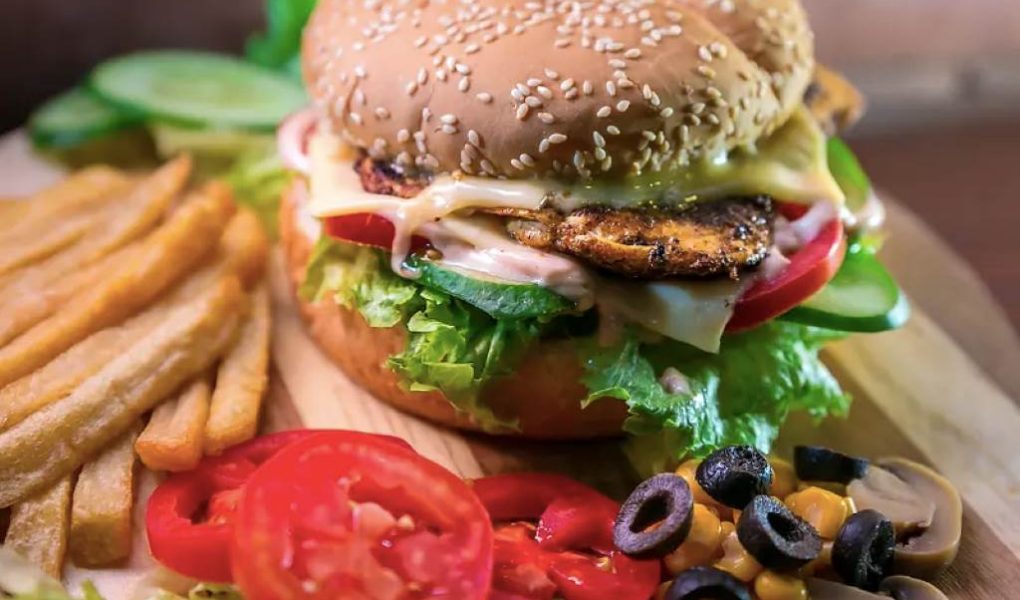Fast food is everywhere. From drive-thrus to delivery apps, it’s a go-to for millions craving a quick bite. But is it a lifesaver or a health hazard? This question sparks debates among foodies, health enthusiasts, and busy professionals alike. In this article, we’ll dive deep into the pros and cons of fast food, exploring its convenience, affordability, and taste alongside its nutritional pitfalls and environmental impact. Whether you’re a fast-food fan or a skeptic, this guide offers a balanced perspective to help you make informed choices.
What Is Fast Food?
Fast food refers to meals prepared and served quickly, often at chain restaurants like McDonald’s, Taco Bell, or KFC. These foods are typically high in calories, fats, sugars, and sodium, designed for speed and mass production. While burgers, fries, and pizzas dominate menus, fast food also includes healthier options like salads or grilled items at some chains.
Let’s break down the advantages and disadvantages of fast food to understand its role in modern diets.
Pros of Fast Food
1. Convenience and Speed
In a fast-paced world, time is precious. Fast food delivers meals in minutes, whether you’re rushing between meetings or feeding a hungry family. Drive-thrus, online ordering, and delivery services make it accessible anytime, anywhere. For busy parents, students, or professionals, this quick service is a game-changer.
- Example: A 2023 study found that 60% of Americans eat fast food weekly due to time constraints.
2. Affordability
Fast food is often budget-friendly, offering value menus and combo deals that beat sit-down restaurant prices. For low-income families or college students, it’s an economical way to fill up without breaking the bank. Chains like Wendy’s or Burger King frequently roll out promotions, making meals even cheaper.
- Tip: Look for loyalty apps to score discounts or free items.
3. Consistent Taste and Variety
Whether you’re in New York or Tokyo, a Big Mac tastes the same. Fast food chains prioritize consistency, ensuring customers know exactly what to expect. Menus also cater to diverse palates, with options ranging from burgers to tacos, vegan wraps, or breakfast sandwiches.
- Fun Fact: Global chains like Subway offer localized menus, like teriyaki chicken in Japan.
4. Accessibility
Fast food outlets are ubiquitous, with locations in urban centers, suburbs, and even rural areas. Many operate late or 24/7, catering to night owls or shift workers. Delivery platforms like Uber Eats further boost access, bringing meals to your door.
- Stat: Over 50,000 fast food restaurants operate in the U.S. alone.
5. Job Opportunities
The fast food industry employs millions, offering entry-level jobs for teens, students, or those seeking flexible work. These roles often require minimal experience, providing a stepping stone to other careers.
- Insight: McDonald’s employs over 2 million people globally.
Cons of Fast Food
1. Poor Nutritional Value
The biggest criticism of fast food is its health impact. Most items are high in calories, saturated fats, sugars, and sodium, contributing to obesity, heart disease, and diabetes. A single fast food meal can exceed daily recommended sodium or fat intake.
- Example: A typical burger combo with fries and soda can pack 1,200+ calories.
- Tip: Opt for grilled options, skip sugary drinks, or choose smaller portions.
2. Environmental Impact
Fast food’s reliance on single-use packaging—plastic cups, paper wrappers, straws—generates massive waste. Industrial farming for beef and poultry also contributes to deforestation and greenhouse gas emissions. Some chains are adopting sustainable practices, but progress is slow.
- Stat: Fast food packaging accounts for 40% of litter in urban areas.
3. Addictive Qualities
Fast food is engineered to taste irresistible, with high levels of sugar, fat, and salt triggering pleasure centers in the brain. This can lead to overeating or cravings, making it hard to maintain a balanced diet.
- Insight: Studies suggest fast food activates reward pathways similar to addictive substances.
4. Limited Healthy Options
While some chains offer salads or low-calorie items, healthy choices are often pricier or less appealing than indulgent options. Hidden calories in dressings or “grilled” items can also undermine efforts to eat well.
- Tip: Check nutrition info online before ordering.
5. Social and Cultural Concerns
Critics argue fast food erodes traditional dining culture, replacing home-cooked meals with impersonal, mass-produced food. It’s also linked to labor issues, with workers often facing low wages and demanding schedules.
- Example: Movements like “slow food” advocate for mindful eating over fast food.
Read Also:
- Self Building With Timber Frames
- Instant Smile Makeovers: Veneers Taking Over London
- Hair Loss in Men: Exploring Causes and Modern Treatment Options
Balancing Fast Food in Your Life
Fast food isn’t inherently evil—it’s about moderation and smart choices. Here are practical tips to enjoy fast food without the guilt:
- Choose Wisely: Opt for grilled proteins, whole-grain buns, or veggie sides.
- Control Portions: Stick to small sizes or share large meals.
- Limit Frequency: Treat fast food as an occasional indulgence, not a daily habit.
- Cook at Home: Experiment with healthier versions of fast food favorites, like homemade burgers or oven-baked fries.
- Stay Informed: Use apps or websites to check calorie counts and ingredients.
Fast Food Trends to Watch
The fast food industry is evolving to address consumer demands:
- Plant-Based Options: Chains like Burger King and KFC now offer vegan burgers and nuggets.
- Sustainability Efforts: Some brands are testing compostable packaging or reducing meat-heavy menus.
- Tech Integration: AI-driven kiosks and delivery drones are streamlining service.
Who Should Eat Fast Food?
Fast food suits people who:
- Need quick, affordable meals on busy days.
- Enjoy occasional treats without strict dietary restrictions.
- Value convenience over cooking.
It’s less ideal for:
- Those with health conditions like hypertension or diabetes.
- Eco-conscious diners prioritizing sustainability.
- Families aiming to instill healthy eating habits in kids.
Conclusion: Is Fast Food Worth It?
Fast food is a double-edged sword. Its convenience, affordability, and taste make it a staple for many, but its health risks, environmental toll, and addictive nature demand caution. By understanding its pros and cons, you can enjoy fast food sparingly while prioritizing nutritious, sustainable choices.
What’s your take on fast food? Share your favorite healthy fast food hacks or go-to orders in the comments below! For more tips on balanced eating, subscribe to our blog or check out our guide to meal prepping.





